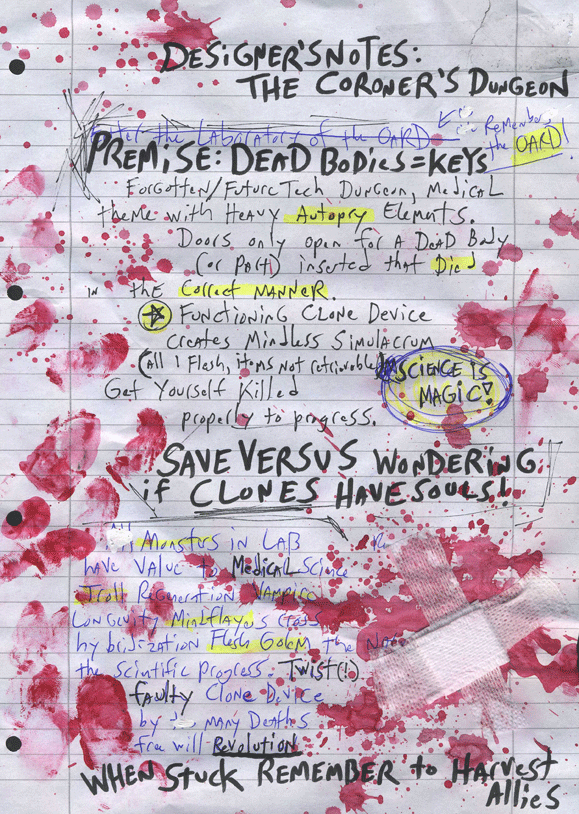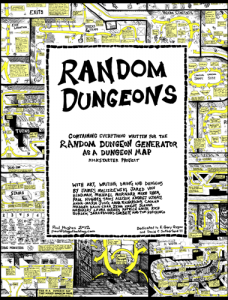The D&D Next designers say that the “three pillars” of D&D are combat, exploration, and interaction.
In Playing At the World, Jon Peterson seems to have independently developed three very similar play modes: combat, exploration, and logistics. “Another key ingredient in Dungeons & Dragons is dramatic pacing, achieved by transitioning between three different game modes: a mode of exploration, a mode of combat and a mode of logistics. Time flows differently in each of these modes.”
Comparing the D&D Next developers’ and Jon Peterson’s analyses is comparing apples and oranges, so it’s strange that the fruit look so similar. The D&D next pillars are, I think, intended to remind the developers that each character should have something to do in different scenes of the game. Peterson is analyzing the flow of game time in a session, which varies between turns, rounds, and days.
Now that we know that it’s a bad idea, let’s try merging the two models.
In Peterson’s model, combat has a game speed that might be significantly slower than real time (depending on whether your rounds are a minute or six seconds long). Even if each round takes a minute of game time, you’re unlikely to get through all the PCs and monsters in that much real time. Exploration is faster than real time, but the scale varies: “we go north for 120 feet” and “we go north for 10 miles” might take the same amount of real time. Logistics is even more variable: shopping for new plate mail and spending a month healing up might both take, say, thirty seconds each.
Interaction (i. e. conversation, mostly with NPCs) is unique in D&D modes in that it takes roughly the same amount of time in real and game time. There might be variations: a player might consult his notes to remember his character’s wife’s name, and a DM might pause to roll reaction dice, but in general, during interaction, the player and the character are doing roughly the same thing. It doesn’t hurt to throw an interaction mode into a discussion of pacing: I’ve definitely run sessions where the pace suffered from too much or too little interaction.
Logistics is interesting because I’ve never heard it mentioned as a positive part of a game. If it’s mentioned, it’s as something to be gotten through as quickly as possible. Still, it’s always been a big part of D&D. Gaining levels, or researching spells, or replacing spent arrows, or collecting tax income takes up table (or between-session) time. Peterson convincingly argues that “by rationing the modes carefully a referee guides the players through satisfying cycles of tension, catharsis and banality that mimic the ebb and flow of powerful events.”
The logistics portion of D&D can be fun in itself. Sometimes you want to be fighting a monster, and sometimes you want to be updating your character sheet. The Adventurer Conqueror King fief-management rules are fun because they embrace logistics as something to be relished.
How would a “logistics pillar” inform D&D Next development? It seems a little strange to say that each class should have its fair share of bookkeeping, but maybe there’s some truth to that. The wizard class comes with plenty of bookkeeping, with its ever-increasing spell menu to be tweaked each day, along with the most complex spell- and item-creation rules in the game. In 1e, a fighter eventually gets a castle to manage. In 3e, a fighter gets a feat to choose every two levels. Maybe it needs a little more logistics in Next.
















